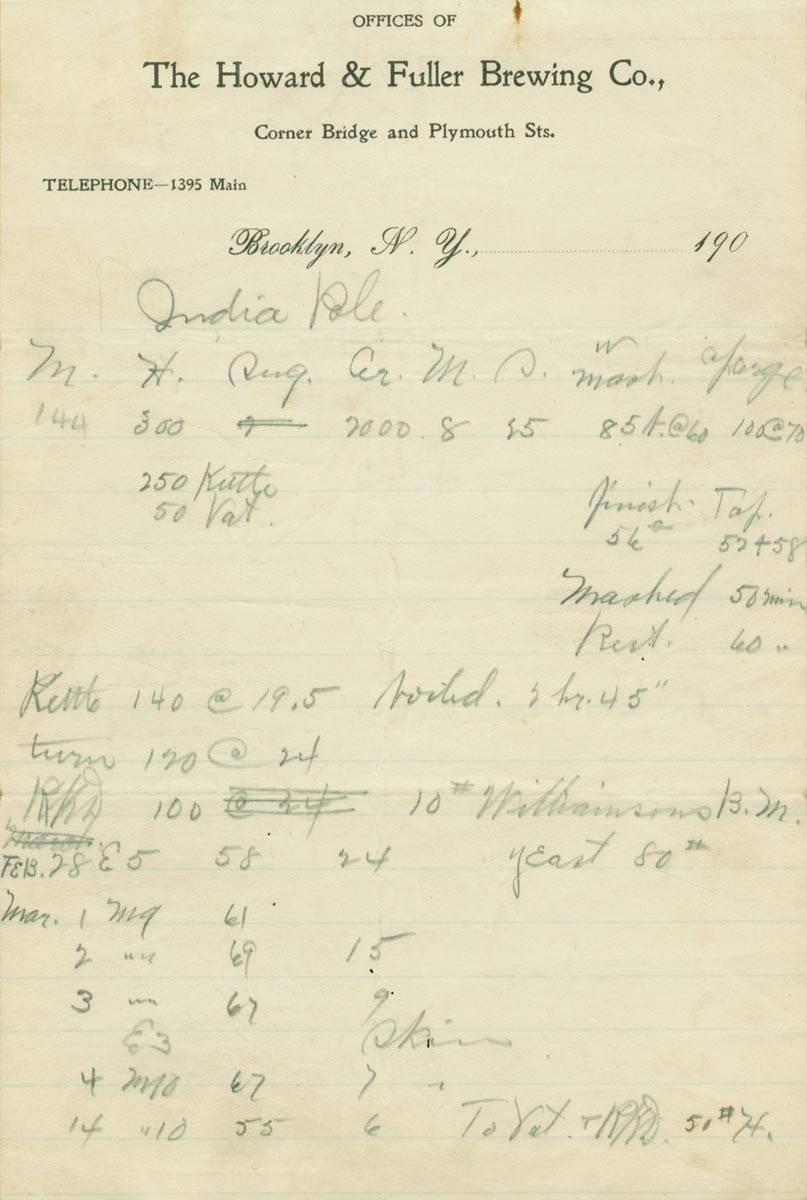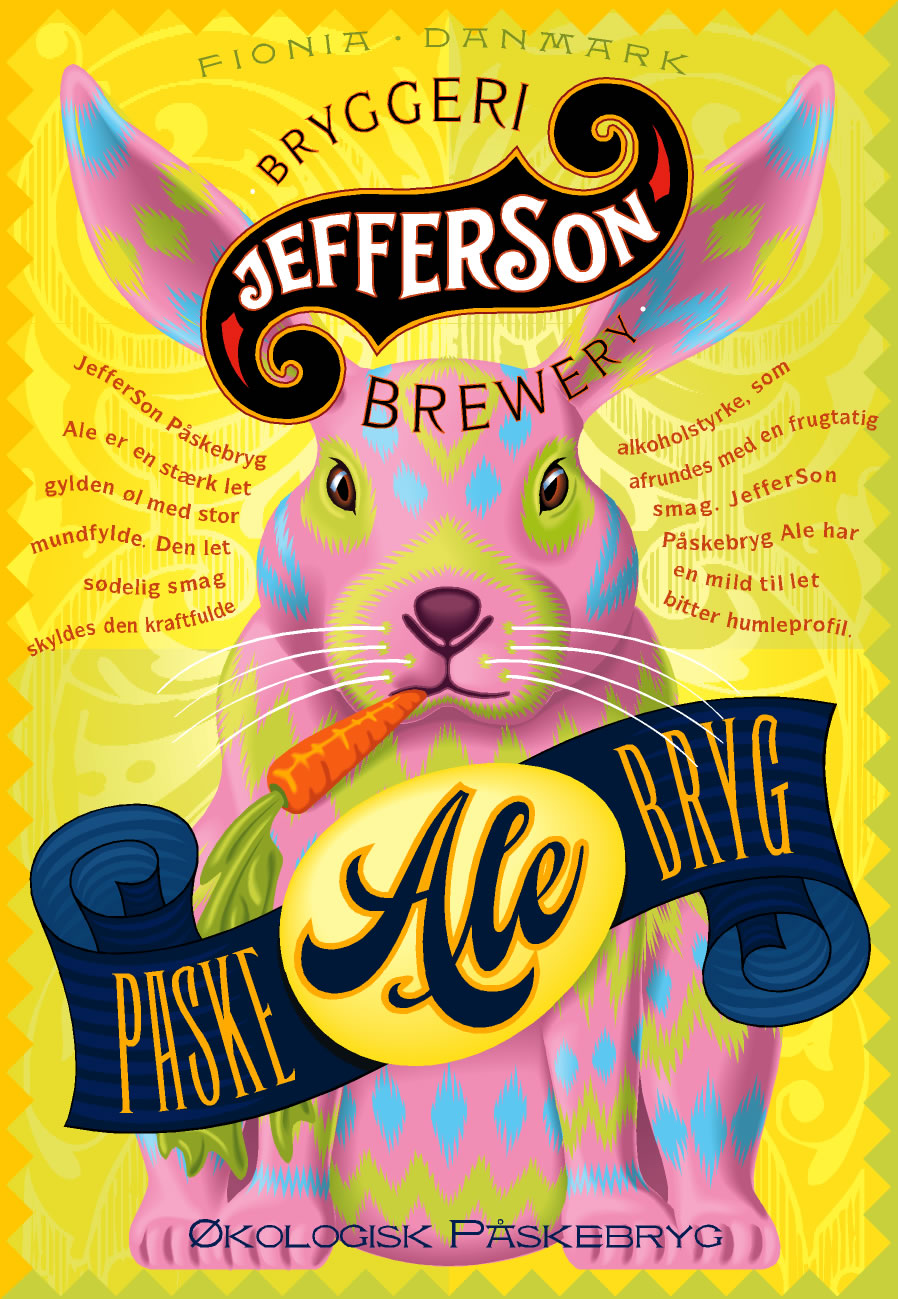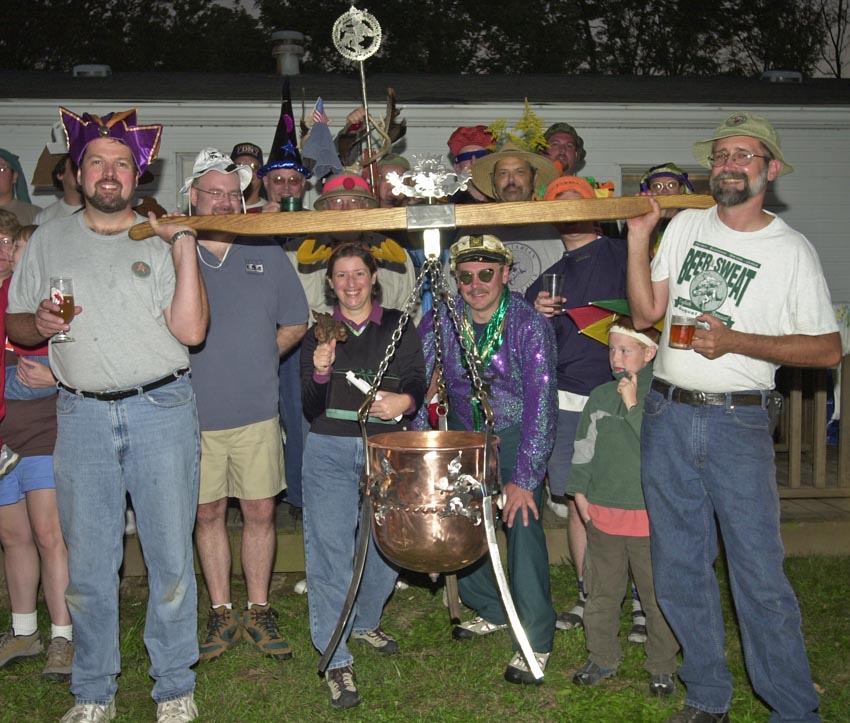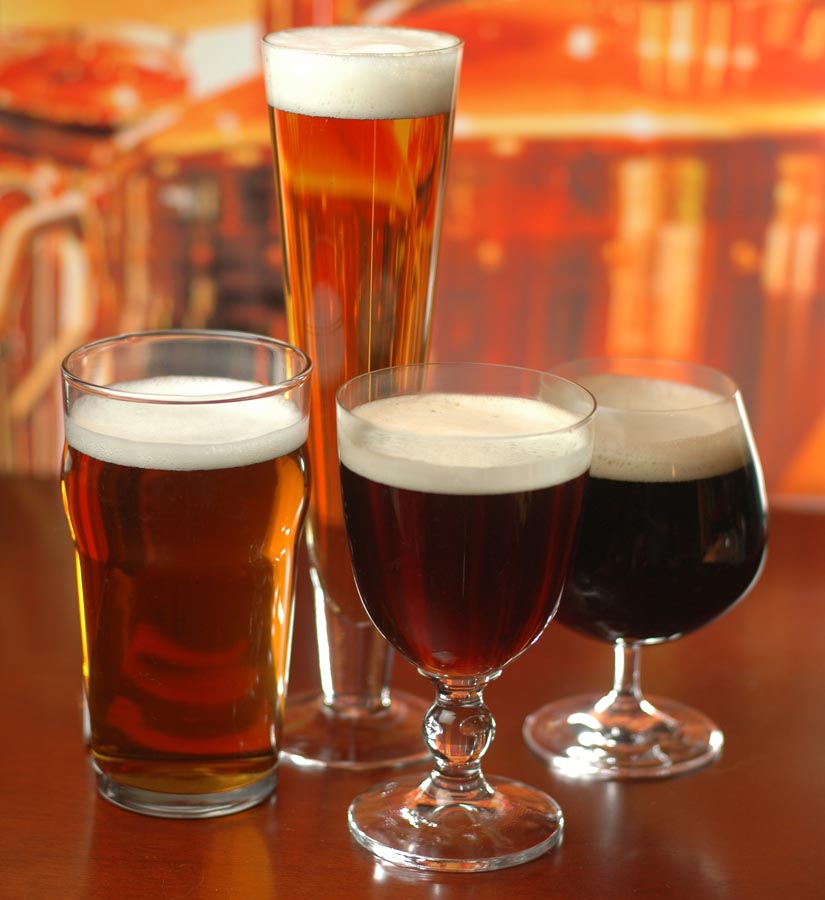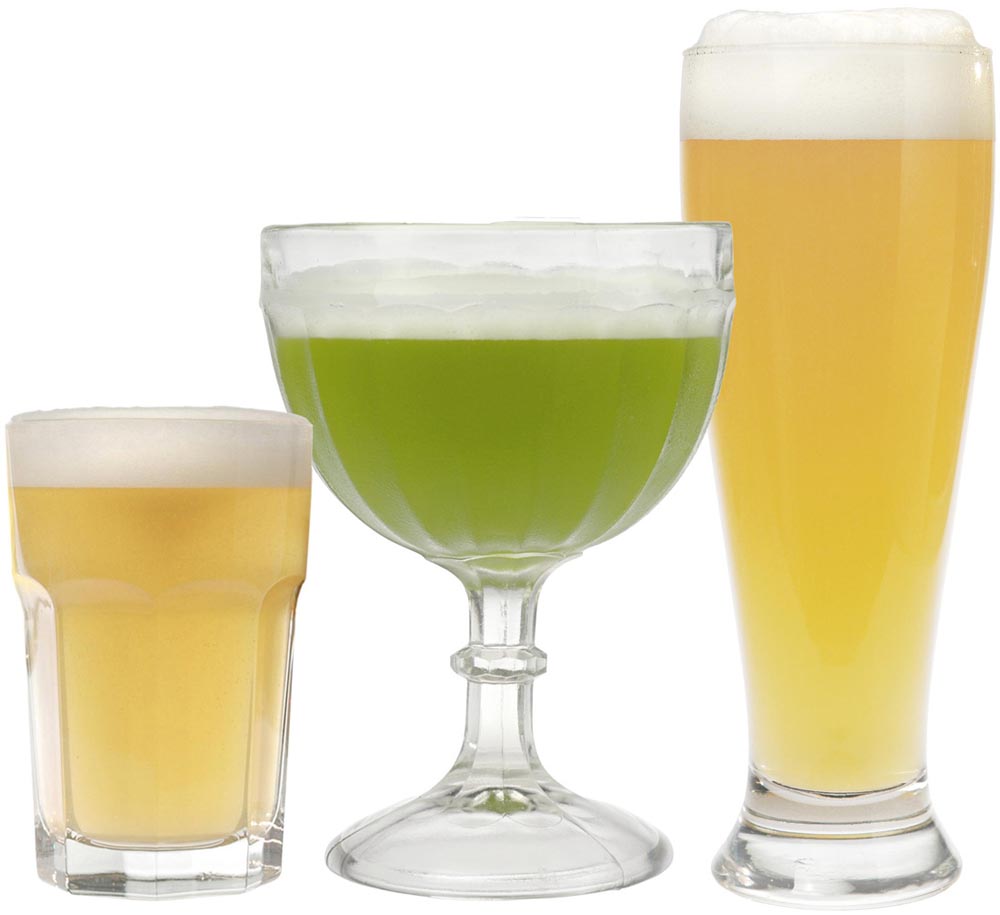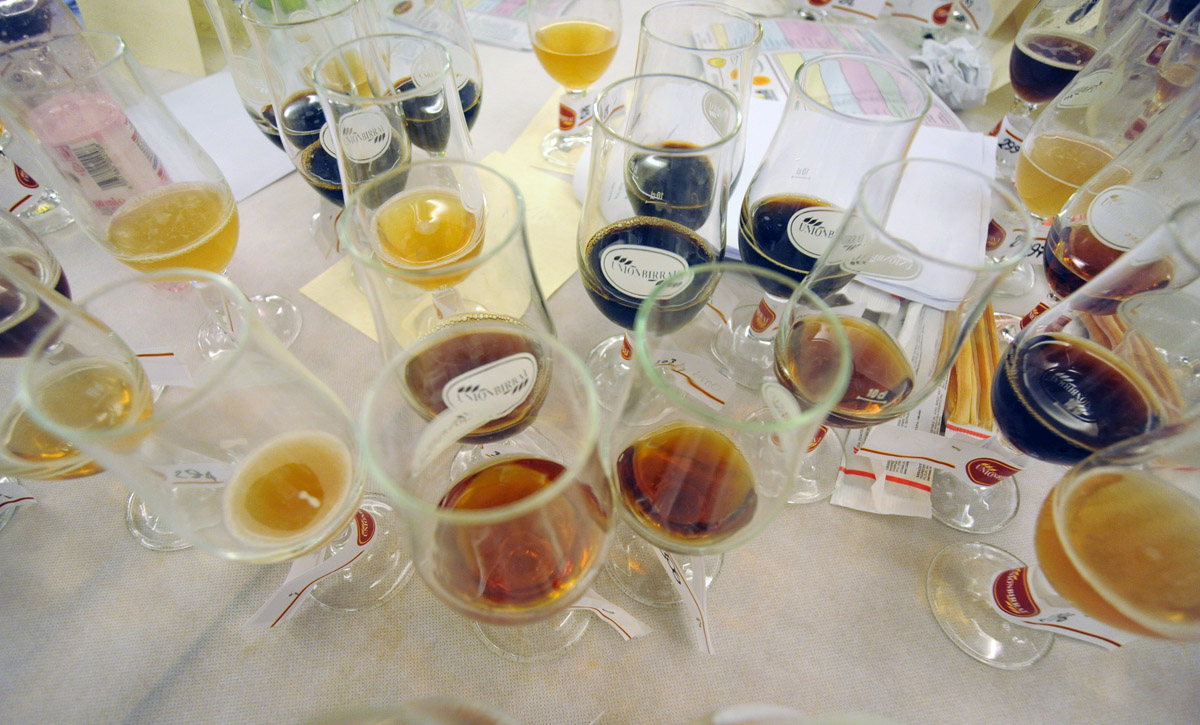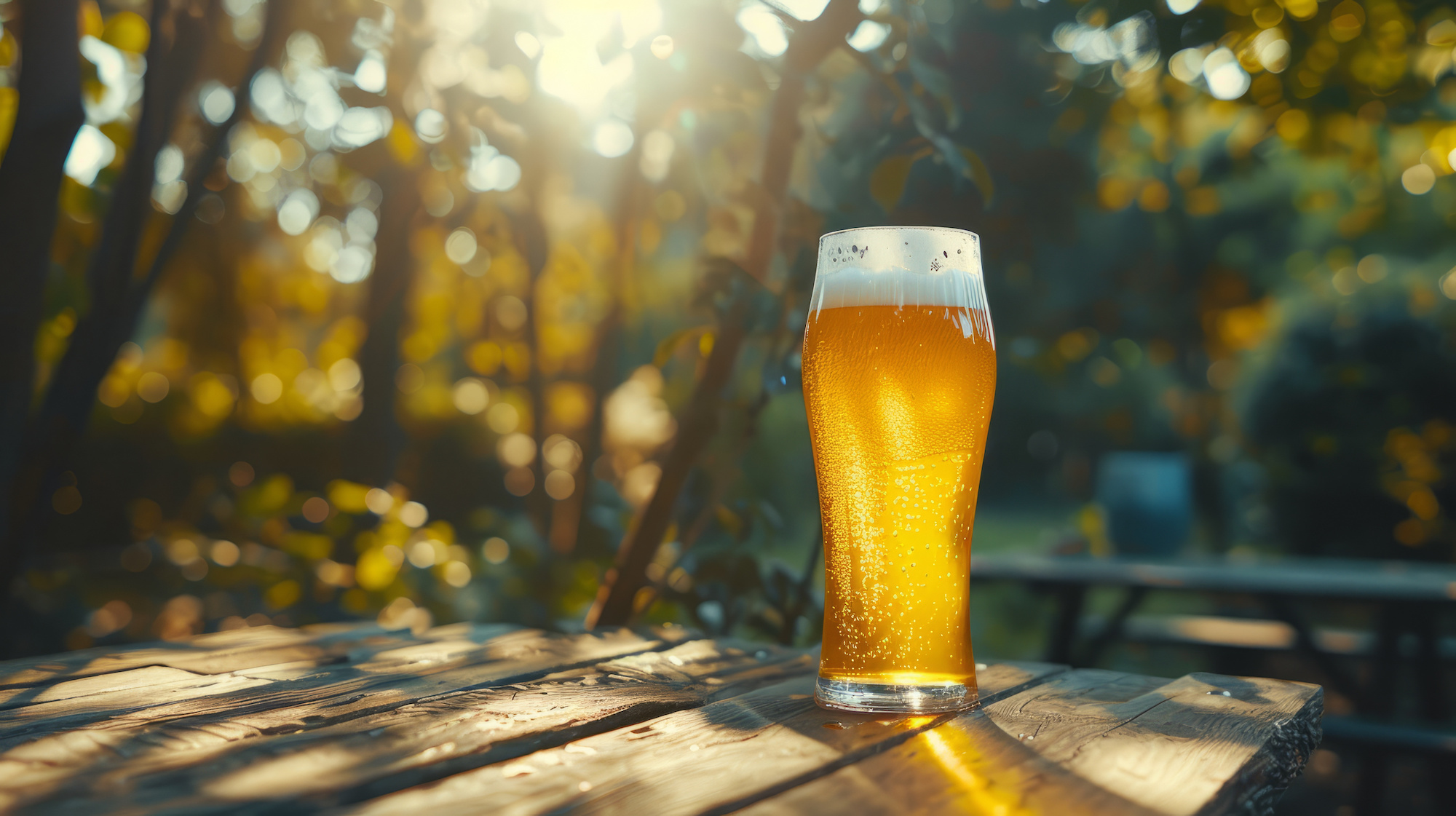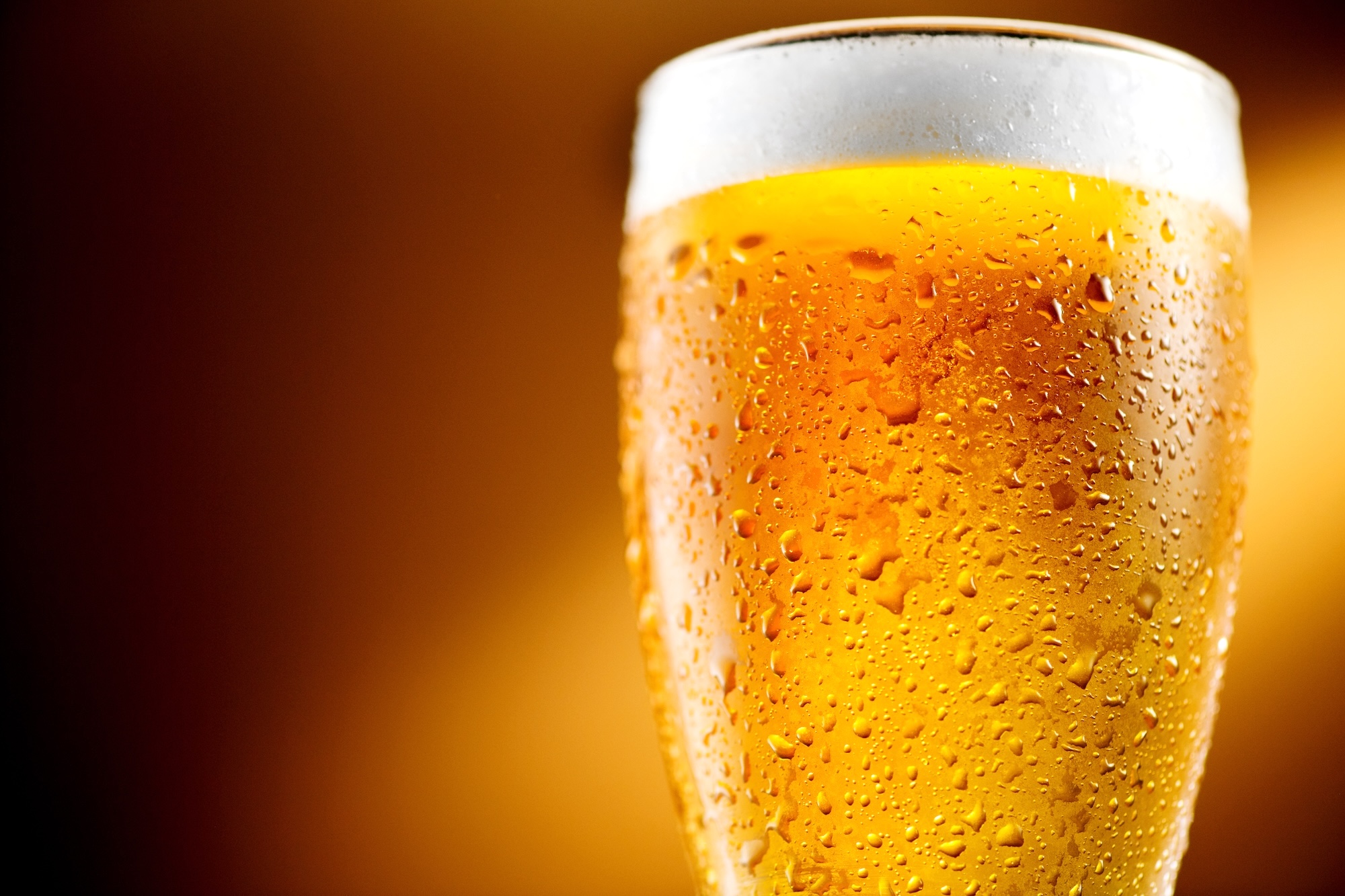An Ale Pales In Brooklyn
A session on eBay led to my acquiring a handwritten recipe from the Howard & Fuller Brewing Company of Brooklyn, NY. One Hundred Years of Brewing(1903) says: “This house manufactures fine ales and porters only and represents the oldest business in those lines on Long Island.” Founded by Junius A. Fuller in 1835, the brewery moved to the corner of Bridge and Plymouth Streets, a neighborhood now called DUMBO (Down Under the Manhattan Bridge Overpass), an up-and-coming area near the Brooklyn Bridge. The stationery is preprinted with the date 190_, so the recipe probably stems from that decade, but it could be a bit later. There’s a bit of shorthand in the brewer’s notes, so this may take a bit of guesswork to figure out.

